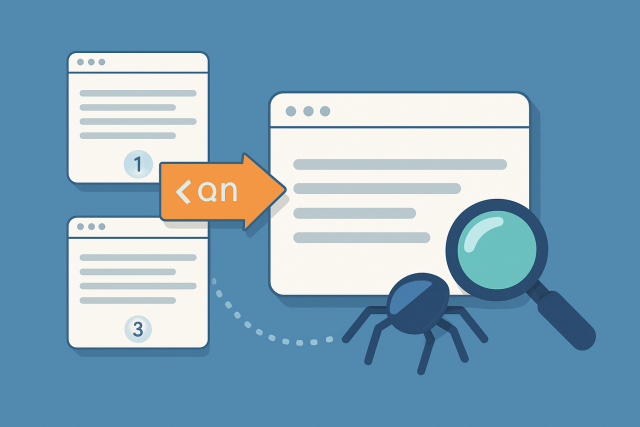
What is canonical pagination and why it matters for SEO?
Canonical pagination helps search engines identify the preferred page among multiple paginated URLs,...
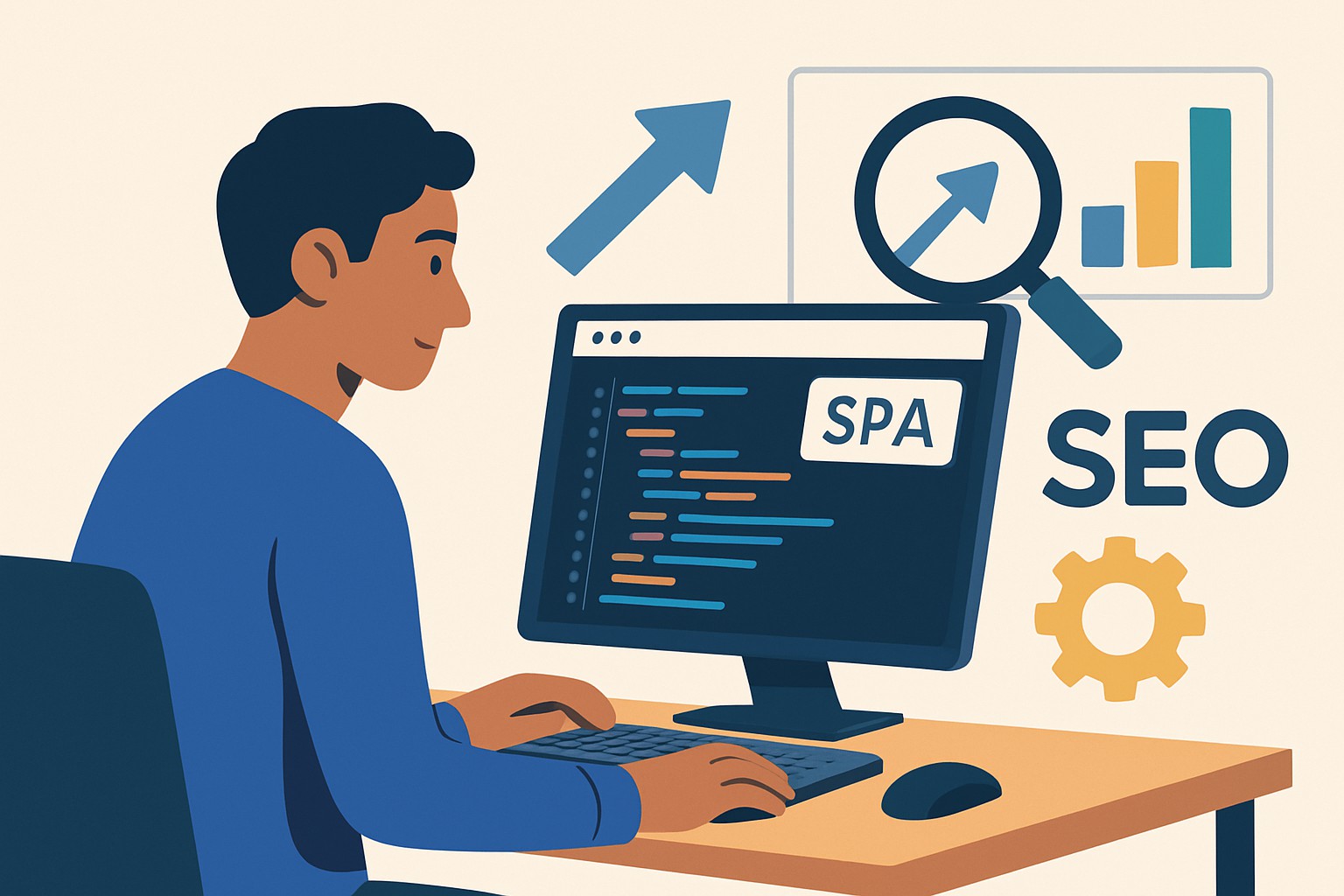
Single Page Applications (SPAs) have shaken up modern web development by offering smooth and dynamic user experiences within a single HTML page without full reloads. Their speedy and interactive design has won over many developers and it’s easy to see why. Because SPAs mostly rely on client-side JavaScript to serve content they can sometimes disrupt the traditional SEO machine that prefers static HTML.
SPAs work by loading a simple HTML shell first and then dynamically creating content on the client side using JavaScript frameworks like React or Angular or Vue. Since they rely heavily on client-side rendering, search engines sometimes struggle to crawl and index that content properly. This can hurt visibility.
Developers really need to get a solid grip on the key SEO principles if they want to make single-page applications shine. This means understanding how search engines crawl and index pages and why the way content gets rendered can make or break that indexing. It is also vital to nail down the importance of metadata because it acts like a backstage pass giving search engines the right context about each page. Toss in structured data to unlock those rich results that grab attention. Keep a close eye on canonicalization to avoid duplicate content headaches. Don’t forget to maintain clean URL structures because tidy URLs boost both accessibility and rankings.
Server-Side Rendering (SSR) and Static Site Generation (SSG) are two handy approaches that pre-render SPA content on the server and serve fully baked HTML to search engines and users alike. SSR cooks pages dynamically with every request and can give your SEO a leg up by making sure crawlers get the full picture with all the content and metadata. SSG whips up HTML pages during the build process which leads to speedy load times and steady SEO perks. Both techniques tackle the usual pitfalls of client-side rendering but come with their own balancing acts for complexity, scalability, and the build or deployment dance.
| Aspect | Server-Side Rendering (SSR) | Static Site Generation (SSG) |
|---|---|---|
| Rendering Time | Happens on every user request, so it keeps things dynamic and up-to-the-moment | Done during build time, serving static files that are ready to roll right away |
| SEO Impact | Works like a charm for dynamic or personalized content that needs that extra touch | Great for mostly fixed content where things don’t change often |
| Performance | A tad slower since the server is doing the heavy lifting each time | Lightning fast because it just serves pre-built static files without breaking a sweat |
| Complexity | A bit more involved, requiring a Node.js environment or some sort of server setup | Simpler to get up and running, no need to juggle servers |
| Caching | Comes with some head-scratching cache invalidation puzzles to solve | Easier to cache, often managed smoothly by trusty CDNs |
| Maintenance | Calls for ongoing attention to keep the server humming along | Needs rebuilding whenever the content gets a fresh update — not too shabby at all |
| Ideal Use Cases | Perfect when content changes frequently or is tailored to individual users | Well suited for blogs, docs, and marketing sites that mostly stick to a script |
Dynamic rendering is about serving a pre-rendered snapshot of your SPA only to search engine crawlers while regular users still get the full interactive SPA experience they expect. This clever workaround sidesteps pesky crawler hiccups with JavaScript by spotting user agents and tailoring the content on the fly. The upshot? You get better indexability without overhauling your entire setup.
When SSR or SSG aren’t practical options, tackling SEO for client-side rendered SPAs means getting creative with targeted optimization. You can boost your visibility by speeding up the initial page load, dynamically updating metadata for each route and keeping a close eye on your crawl budget by trimming unnecessary URLs.

Visual diagram showing how client-side rendering works and key SEO optimization techniques applied in SPAs
Having a solid URL structure and routing plan in single-page applications plays a key role in SEO. Developers often find themselves caught between hash-based routing and history mode routing because history mode usually wins out. It produces cleaner and more elegant URLs. Deep linking is a lifesaver here because it makes sure specific page states can be linked to and properly indexed. Paying close attention to URL parameters and consistently using canonical tags to avoid duplicate content boosts SEO results.
Adding structured data with JSON-LD to SPAs can really give your search results a leg up by unlocking rich snippets that boost visibility and click-through rates. It’s vital for developers to ensure the structured data matches the SPA content, is injected seamlessly as users browse the site, and meets schema.org validation standards.
Thorough testing and auditing are absolutely vital to make SPA SEO perform well. Tools like Google Search Console are a real lifesaver because they show you the indexing status and flag errors that might be lurking. Then there is Lighthouse, which runs comprehensive performance audits with sharp SEO-focused checks that don’t miss a beat. Chrome DevTools is another gem that lets you simulate different network conditions and observe how JavaScript impacts rendering—pretty handy. On top of all that, third-party crawlers and SEO platforms like Semrush, Moz and Mangools offer in-depth SPA SEO analysis. They help track backlinks and support keyword research—think of them as your trusty sidekicks for ongoing optimization.
Developers often trip up on SEO mistakes that are pretty unique to SPAs, and these slip-ups can seriously hold back organic performance.
"Building SEO into your SPA development right from the get-go isn’t just a nice-to-have, it’s absolutely key. Trust me, mapping it out early on can save you heaps of time and headaches down the road, ensuring your dynamic app not only gets noticed but also genuinely performs well in those all-important search results." – SEO Expert, Digital Marketing Insights
Dive into a thorough SEO audit of your current SPA to uncover any pesky crawl or indexing hiccups that might be lurking under the hood.
Pick the rendering approach that fits your project like a glove—whether that’s SSR, SSG or dynamic rendering—tailored to what you really need.
Set up dynamic metadata management so your titles, descriptions and social tags update seamlessly whenever your routes switch gears.
Tidy up your URL structure by adopting history mode routing with clear canonical URLs that won’t leave anyone scratching their heads.
Sprinkle in structured data markup using JSON-LD and make sure it refreshes on the fly as your content evolves.
Make it a habit to regularly check in with SEO tools like Semrush or Moz to keep tabs on keyword rankings, backlinks and your site’s overall health—think of it as a regular checkup.
Give your site a speed boost with smart tricks like lazy loading, progressive hydration and pre-rendering those key pieces of content.
Keep the ball rolling by testing and validating your site using Google Search Console, Lighthouse and crawl simulations—staying sharp with SEO best practices is the name of the game.
SEO and JavaScript frameworks are constantly evolving, so it's a smart move to regularly check in and tweak your single page app SEO strategies.
14 articles published
Driven by a passion for unlocking the potential of digital spaces, Quintessa Crenshaw combines cutting-edge strategies with a human-centric approach, empowering businesses to thrive in the ever-evolving digital landscape.
Read Pages
Canonical pagination helps search engines identify the preferred page among multiple paginated URLs,...
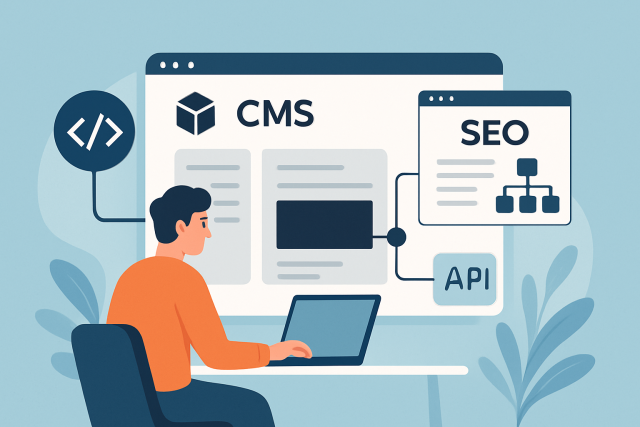
Discover how to optimize headless CMS SEO effectively with advanced rendering methods, metadata auto...
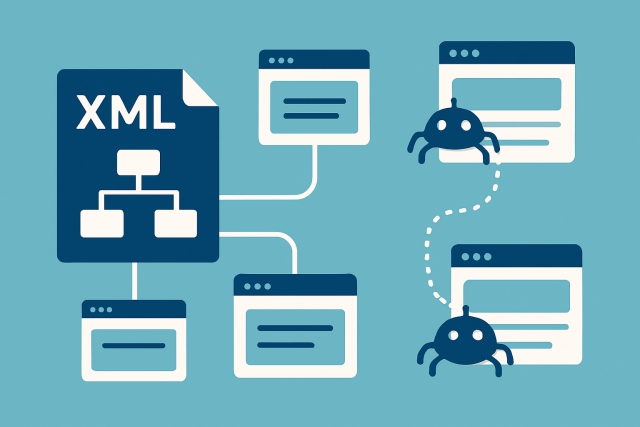
Master XML sitemap best practices to ensure your website is efficiently crawled and indexed. Learn e...
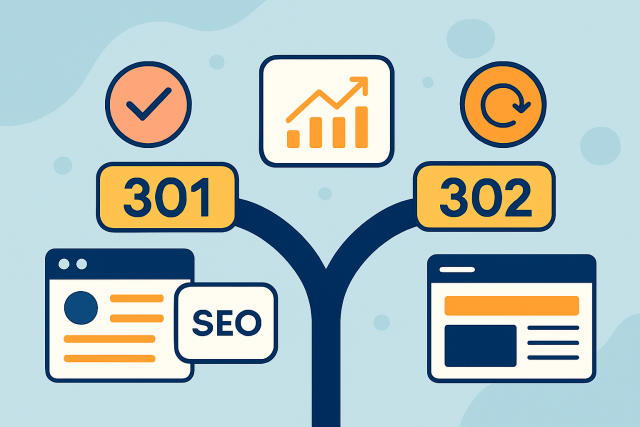
Not all redirects are created equal. Learn the key differences between redirect 301 and 302, and dis...